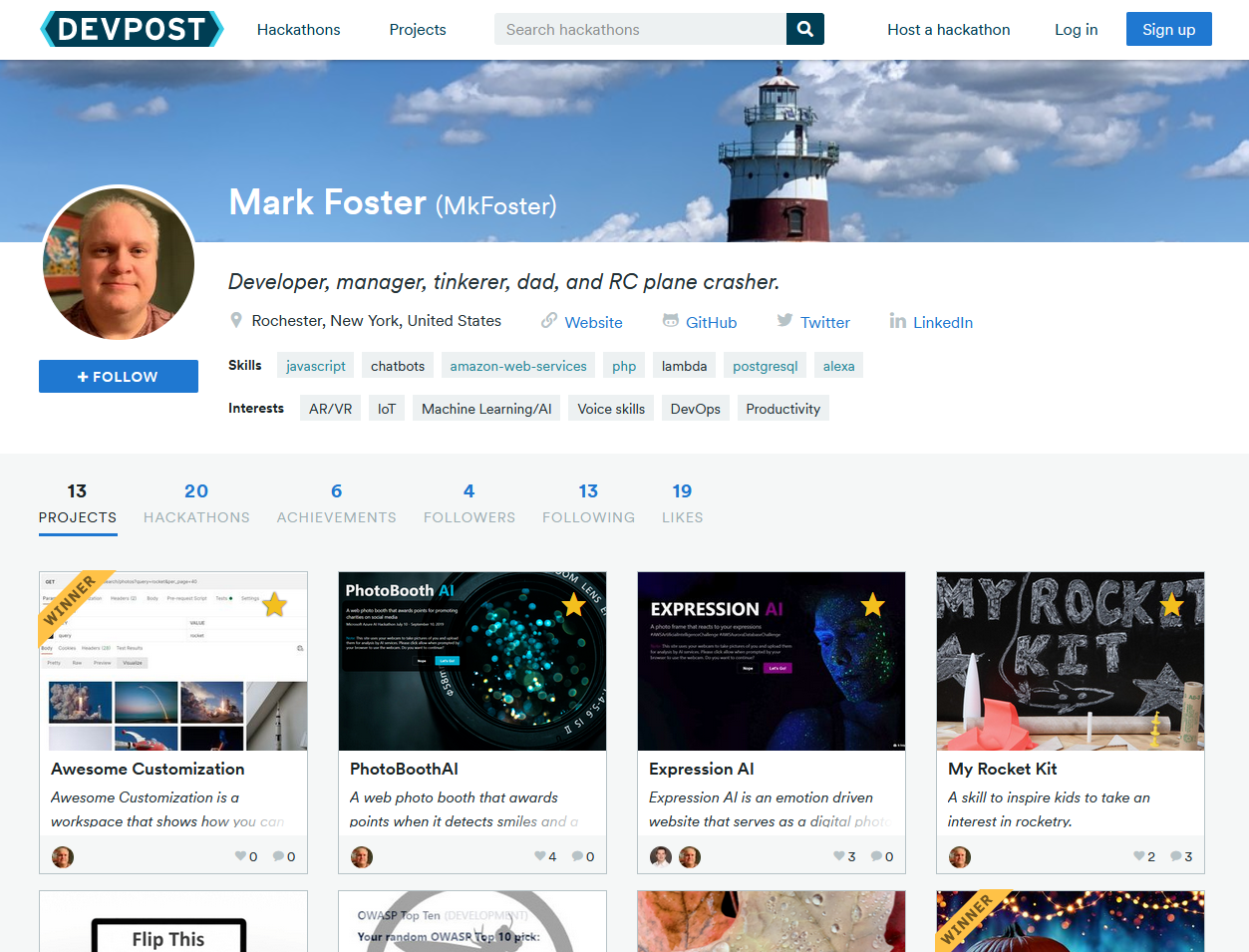The 2009 CWE/SANS Top 25 Most Dangerous Programming Errors was recently released by CWE/SANS.
Most of the items are old news but I think it is a good checklist that should be on the boiler plate for web application design documents. By putting security requirements in the software specification and design documents, the project manager can then allocate time and resources to security aspects of development. In addition, it reminds developers to ask themselves if the software is meeting those requirements throughout the development process. This is opposed to thinking about security after the entire application has been written and discovering a fundamental design flaw that will require re-writing a good portion of the application.
I particularly appreciate that each item on the CWE/SANS list is weighted including weakness prevalence, remediation cost, attack frequency, attacker awareness, etc. No project has an unlimited budget but you can prioritize on where to focus your resources to achieve the most secure solution. Generally it is a good idea to ensure that the cost of defeating an application’s security far outweighs any benefits to be gained from doing so. The cost of defeating an application might include labor time, computing resources, fines, and threat of jail time with a cell mate named Bubba, etc.
It is quite a challenge to develop secure web applications because generally by their nature they need to accept user input. I believe that it is typically much more difficult develop a secure system than it is to break in to the system given the same number of hours so there is often more burden on the developer. It might take only two or three days to develop a working database driven web application but many additional weeks to harden it against attacks and make it reliable, scalable, and highly available. Including security requirements in the software specification and design is essential to planning and allocating resources.
Ideally automated tests should be included to continuously test vulnerabilities throughout the life of an application. This way security vulnerabilities introduced by code changes will be detected early in the development process instead of later in production. Automated tests could attempt buffer overflows, sql injections, etc. and could be executed prior to a developer’s check-in or on a nightly cron job that automatically checks out the code and runs the tests against it. Although costly to implement initially, automated security testing will likely pay for itself many times over the course of an application’s life. I plan to talk more about automated testing in future posts.


